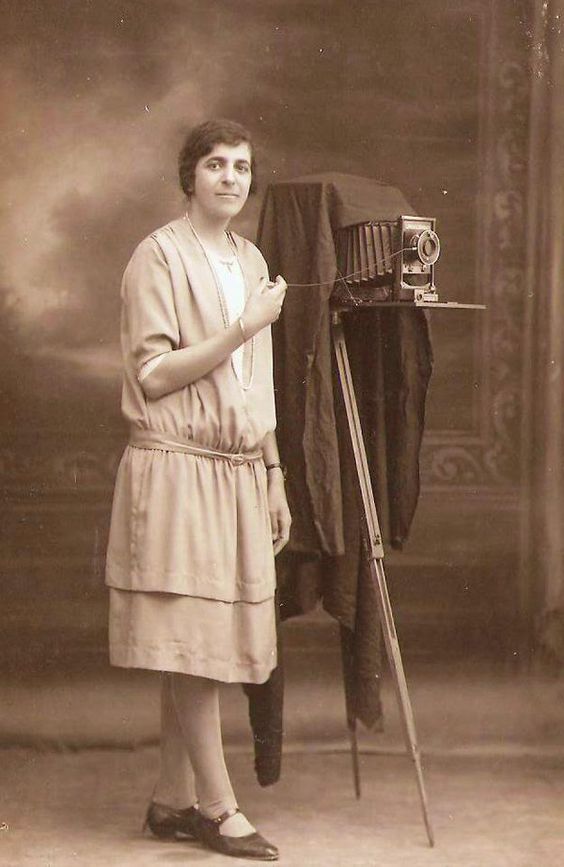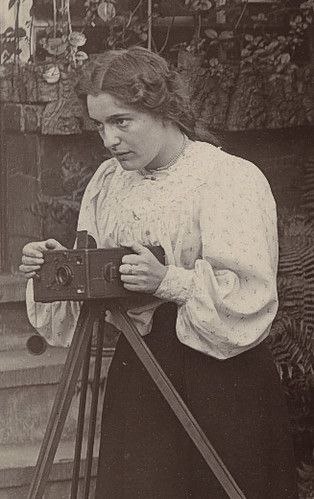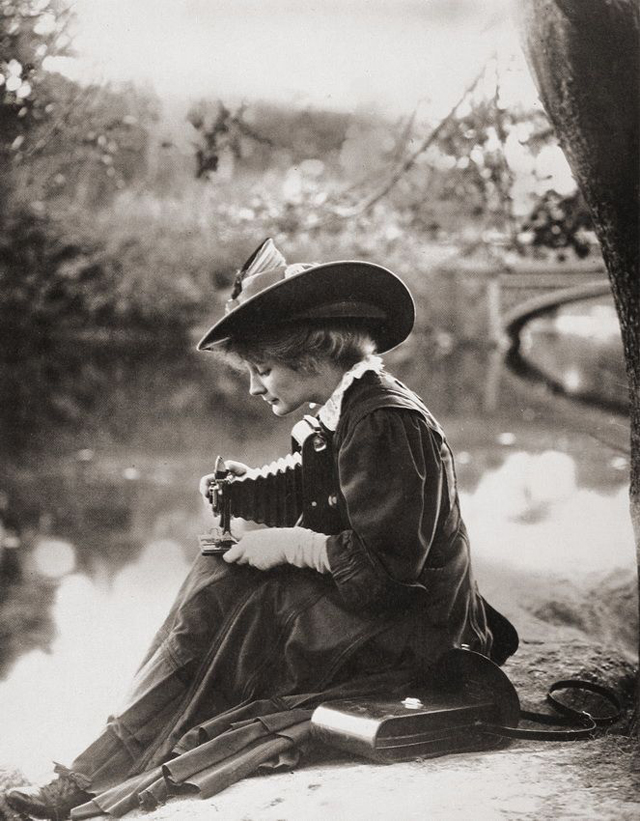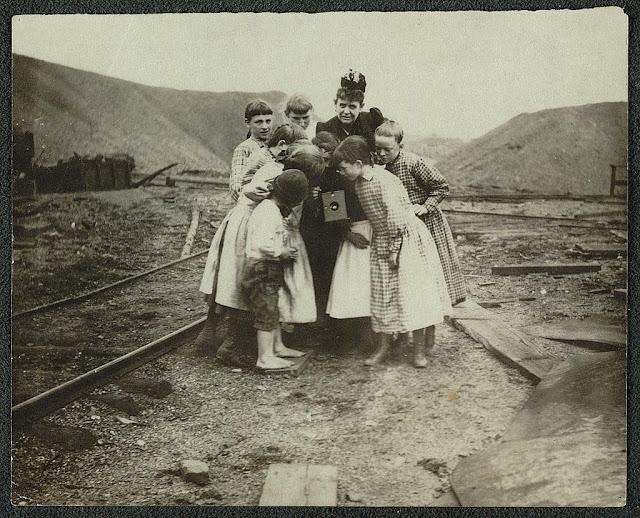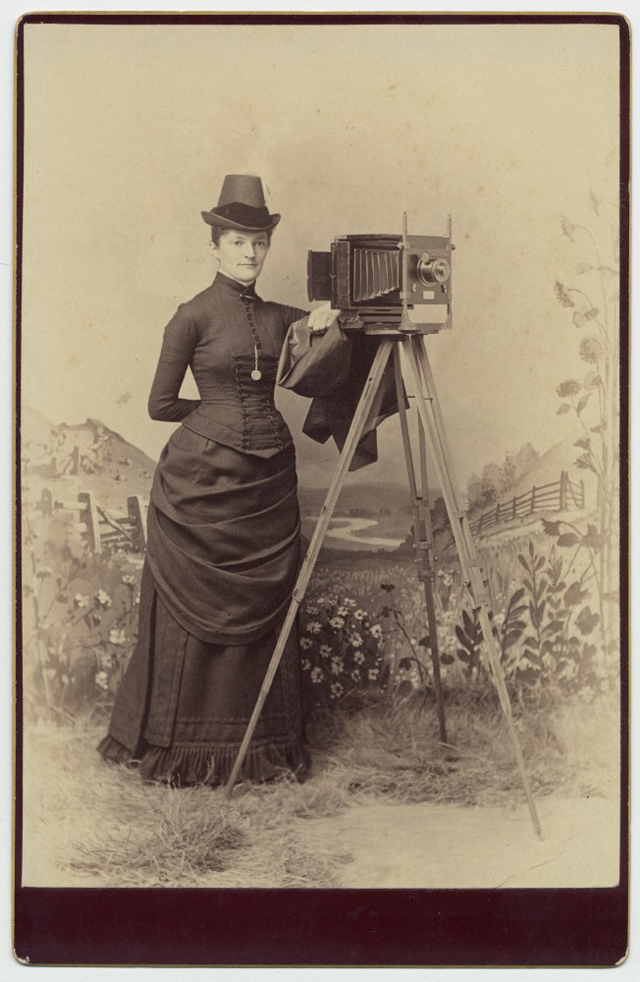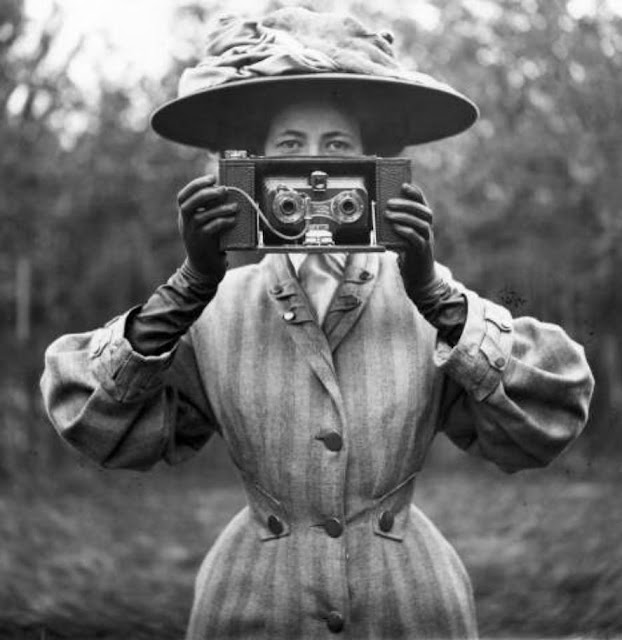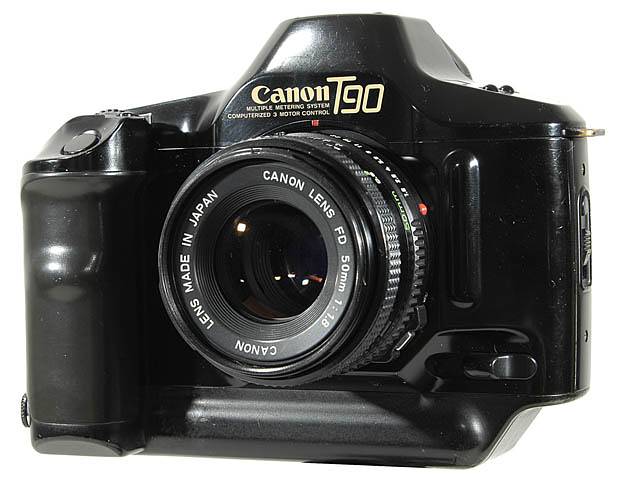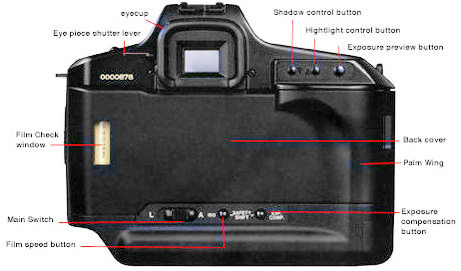On the way back from Hoe Rough yesterday, I was crossing the field next to the Beetley Meadows playground when I encountered a small group of dog-walkers, people I know in passing.
Naturally, they were surprised to see me without Ollie, so I had to explain what had happened to him. This is no doubt going to happen frequently, especially once the weather improves and I stay out longer on my walks. I asked them to tell others in the local group, so that I could avoid having to go over the same thing every time.
As I was leaving, one man asked me how I was feeling. I replied, “Unsettled”.
Back in the house, I thought about my use of that word. I haven’t been sleeping well for over a week now. Waking frequently during the early hours, and getting up much earlier too. I have tried reading books on my Kindle, but lose concentration after ten pages or so. I sat down to watch a film one afternoon, and turned it off after fifteen minutes.
Trying to keep a familiar routine, it feels flat, and I lack enthusiasm. Enthusiasm for anything. I should be out walking later today, but it is raining quite hard, and looks miserable out. If I still had Ollie, I wouldn’t think twice. He had to go out. But I don’t have to walk around in the rain and mud getting soaked any longer, so I doubt I will do that today.
I started tidying up my office room the other day, as the desk drawers were so cluttered with cables, chargers, and other things, I could hardly open them. I gave up after clearing out two drawers, as I was distracted by finding a ‘lost’ battery charger for a camera I haven’t used for a few years now. I own six different relatively modern digital cameras, but have only been using one of them for over a year.
So I have charged up the batteries on three more of them, and when the weather improves I will go further afield to take photos, or revisit some places using a different style of camera.
Tomorrow it is March, my birthday month. I have always anticipated that time with glee, making plans to do things during the week of my birthday. This year, I can’t really be bothered, though Julie is taking me out for a meal on the day, the 16th.
Perhaps I need better weather to lighten my mood, I’m not sure.
Because I am unsettled.



